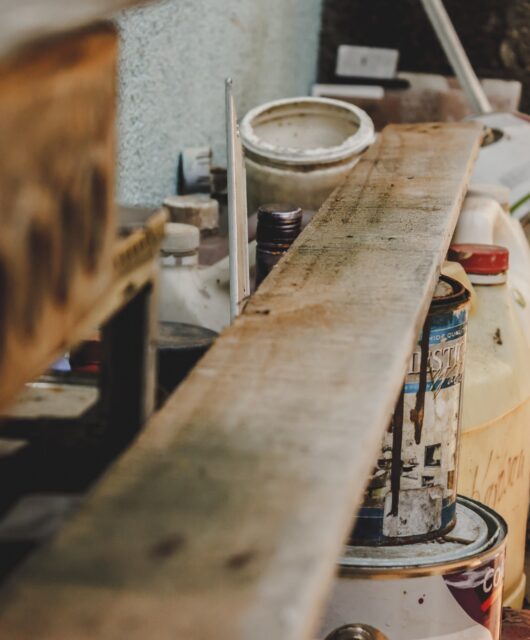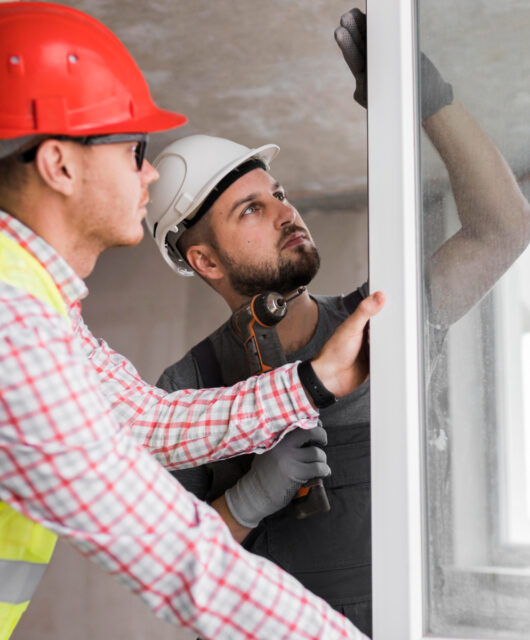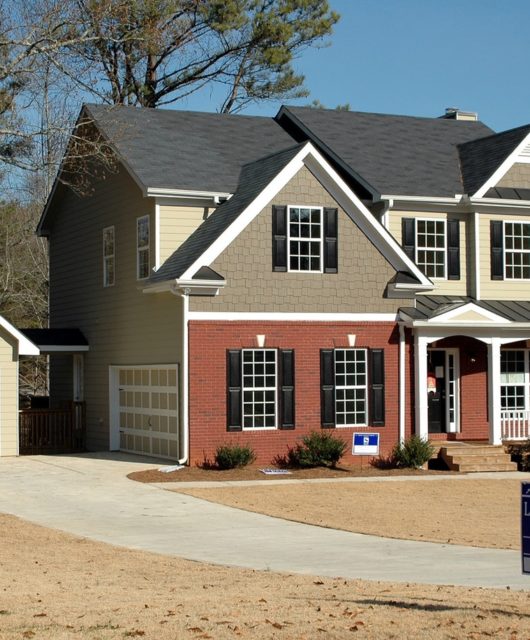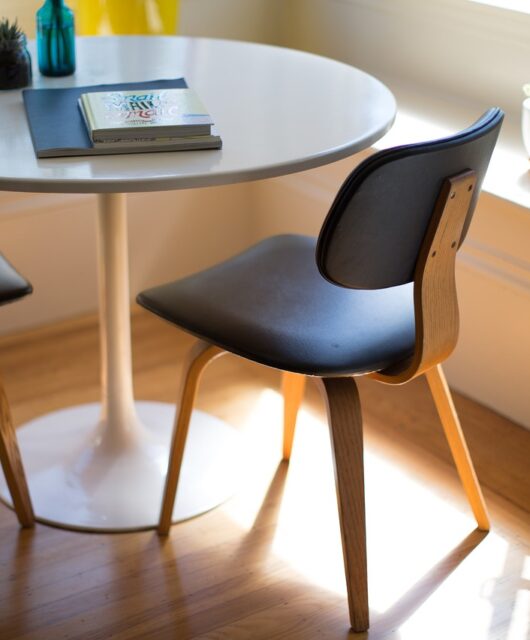Hot Home Designs: The Future Might Be Modular
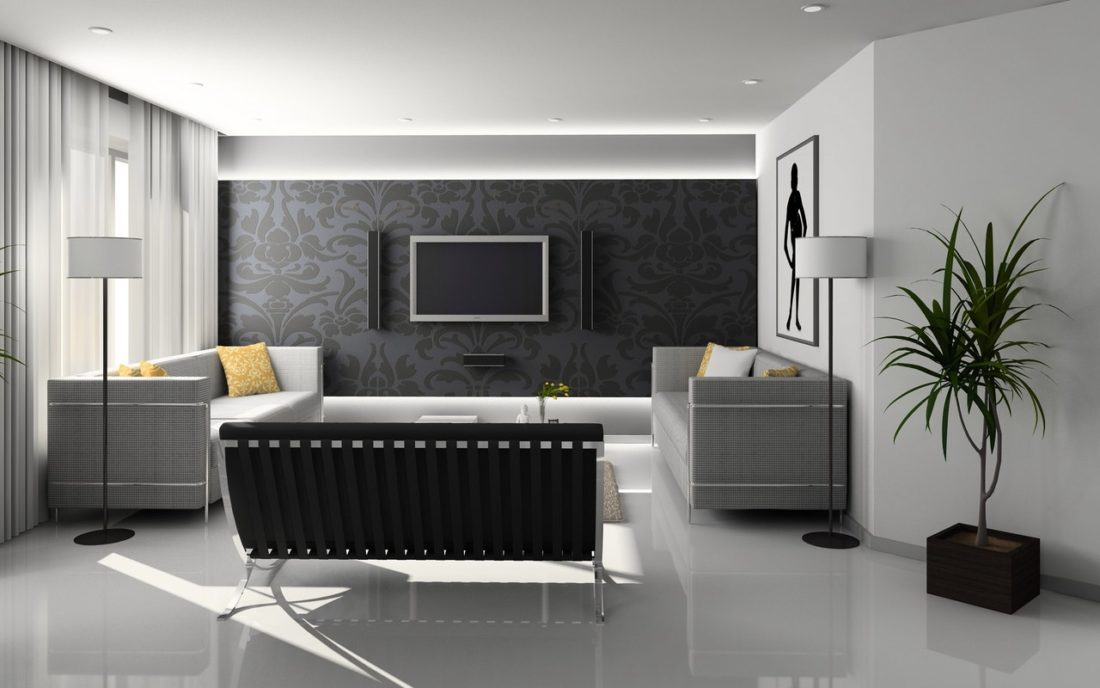 There’s no denying that the future is unavoidably uncertain. The world of home design is no exception to this. However, trends are tools that can help us predict what tomorrow will look like, and it seems like modular homes might be a big part of it. Read on to find out why.
There’s no denying that the future is unavoidably uncertain. The world of home design is no exception to this. However, trends are tools that can help us predict what tomorrow will look like, and it seems like modular homes might be a big part of it. Read on to find out why.
Table of Contents
- 1 What Makes Prebuilt Homes So Appealing?
- 2 Strong Structure and High Quality
- 3 Shorter Construction Time
- 4 Design Flexibility
- 5 Energy Efficiency
- 6 Acoustics
- 7 Eco-Friendliness
- 8 Price
- 9 Better for Remote Locations
- 10 Benefits for the Construction Company and Its Employees
- 11 Lifespan
- 12 Fire Resistance
- 13 Difficulty Selling the Modular Home
What Makes Prebuilt Homes So Appealing?
When asked to talk about the newest home designs, very few experts in the field fail to mention modular housing. Prefabricated homes are extremely popular nowadays because they offer many benefits. Here are some of the most significant ones:
Strong Structure and High Quality
Yes, prefab homes were once considered to be a cheap and low-quality housing option, but that’s not the case anymore. Today, modules are built to meet design requirements as well as survive their transportation intact, meaning they’re incredibly durable. In fact, quality modular homes can easily beat standard stick built homes thanks to the fact that they’re manufactured in climate-controlled factory settings, on assembly lines. The whole process is tightly supervised.
What’s more, modular home manufacturers have the opportunity to use tools unavailable to site builders, including custom-made jigs which ensure that all walls, floors, and ceilings are square and plumb. In addition to this, straps are used to brace the walls to the floors.
Traditionally built homes, on the other hand, are built from scratch on the construction sites where they’ll sit. Many professionals say that a number of problems can occur during the process, including inadequate protection of the building materials from the elements. Unfortunately, the consequences of this kind of neglect can be detected years after the project ends.
Shorter Construction Time
Automation, greater repeatability, and greater teamwork – all of these pieces of the puzzle help reduce the overall building time. Modular abodes are often built in 2-3 months, whereas the assembly on the construction site usually lasts a few days. All of this explains why modular housing makes for an excellent solution for those who don’t have much time to transition from their current home to a brand new place.
When it comes to regular site-built homes, the construction speed tends to be low because the materials are often sourced from different parts of the region/country. Additionally, the weather conditions play an immensely important role in this case as well. As mentioned above, modular homes are built mostly indoors, meaning weather delays aren’t a real threat here.
Design Flexibility
This is yet another strong reason why the popularity of modular housing is on the rise. Plenty of modular home manufacturers offer a wide range of house plans and a variety of styles to choose from. Many of the hottest and newest home designs are plans for modular contemporary homes because this construction approach and this design style seem to work very well together.
Deciding on modular housing means having the chance to personalise one’s abode by closely collaborating with the off site construction company. This includes designing floor plans as well as elevations, picking the style of the windows, choosing flooring options, countertops, bath fixtures, and a lot of other activities. This is how one can literally create their dream home. How awesome is that?! You can even find niche styles like custom timber log homes or beachy bungalows that offer customizable kits.
Energy Efficiency
As a result of the use of quality engineering and the latest construction techniques, today’s prebuilt homes are both economical to own and comfortable to live in. The nature of the construction process allows more insulation to be placed in the walls. Plus, modular houses have much less air infiltration than traditional homes, meaning they don’t lose heat easily. Aside from this, modular housing options are energy efficient also because manufacturers can access the walls behind, above, and underneath electrical outlets and fixtures and create a better seal around them.
Acoustics
Since each module of a prefab house is a separate construction, noise transferring from one module to another is practically impossible. This, as you may already know, isn’t the case with traditionally built homes. In them, sound ‘travels’ through walls and ceilings and affects the residents.
Eco-Friendliness
The construction of modular homes produces less waste compared to traditional housing options. This is so because off site construction companies are able to develop greater efficiency in their production and determine the quantity of materials needed for a certain project with a higher degree of accuracy. Additionally, modular home builders store their leftover materials and tend to use them in other jobs. When this isn’t possible, these companies often recycle all the excess materials. This is without a doubt a huge deal because, let’s face it, our planet doesn’t need more pollution.
Modular housing solutions are better for the environment also because their construction tends to produce less CO2 emissions. This is so because the magic happens in one central place, meaning the workers can settle close to the factory and commute a short distance. Last but not least, the modular house construction disturbs the site way less than conventional construction.
Price
The price of modular homes depends on the design, the required materials, the location, etc. However, prebuilt homes tend to be less expensive than traditional ones. What’s more, cost overruns aren’t common in the modular industry. In fact, plenty of off site construction firms offer fixed costs, which is an important advantage when building on a budget. In addition to this, the reduced construction time lowers the interest on construction loans.
Better for Remote Locations
There are people who want to escape the madding crowd of big cities by choosing to buy a vacant lot in a rural or secluded area. Since modular houses are built in one central location and then delivered, they are quite likely the most suitable option for people living in regions conventional contractors aren’t willing to travel to.
Benefits for the Construction Company and Its Employees
Conscious individuals try their best to make as many ethical choices as possible. Deciding to build a modular home means hiring a contractor whose employees won’t have to waste their time on long travels nor work outdoors. Well-established off site construction companies take pride in the comfortable working conditions they provide their employees with, showing their customers that they truly care about their workforce. Plus, we all know that a satisfied employee is a motivated employee.
Yes, modular housing is an amazing alternative to traditional homes. It’s highly likely that in the (not so distant) future more and more people will opt for this solution. However, it’s important to note that this option isn’t flawless. Here are a few disadvantages of prefab houses that should be taken into consideration before making a decision:
Lifespan
Prebuilt houses with timber frame technology tend to have a shorter lifespan than brick houses (the former last from 50-100 years, whereas the latter for more than a century). However, when properly maintained and adequately protected from fire, wooden buildings can last much longer than usual.
Fire Resistance
It comes as no surprise to learn that wooden modular homes have only 1 hour fire resistance. This, of course, is due to the fact that wood is a combustible material. This is why modular homes with timber frame technology are linked to higher losses in the event of a fire.
Difficulty Selling the Modular Home
Even though more and more people realise that modular homes can be high-quality and quite durable, one can still have a hard time finding the right buyers for their prefab home. Luckily, this challenge can be successfully overcome with the help of an experienced real estate agent.
